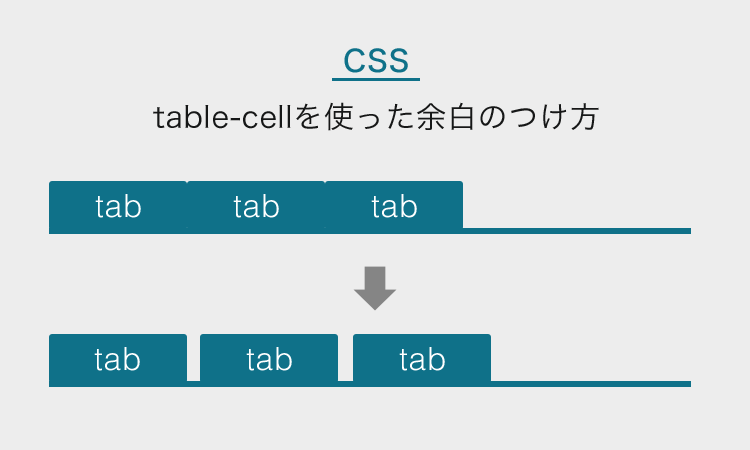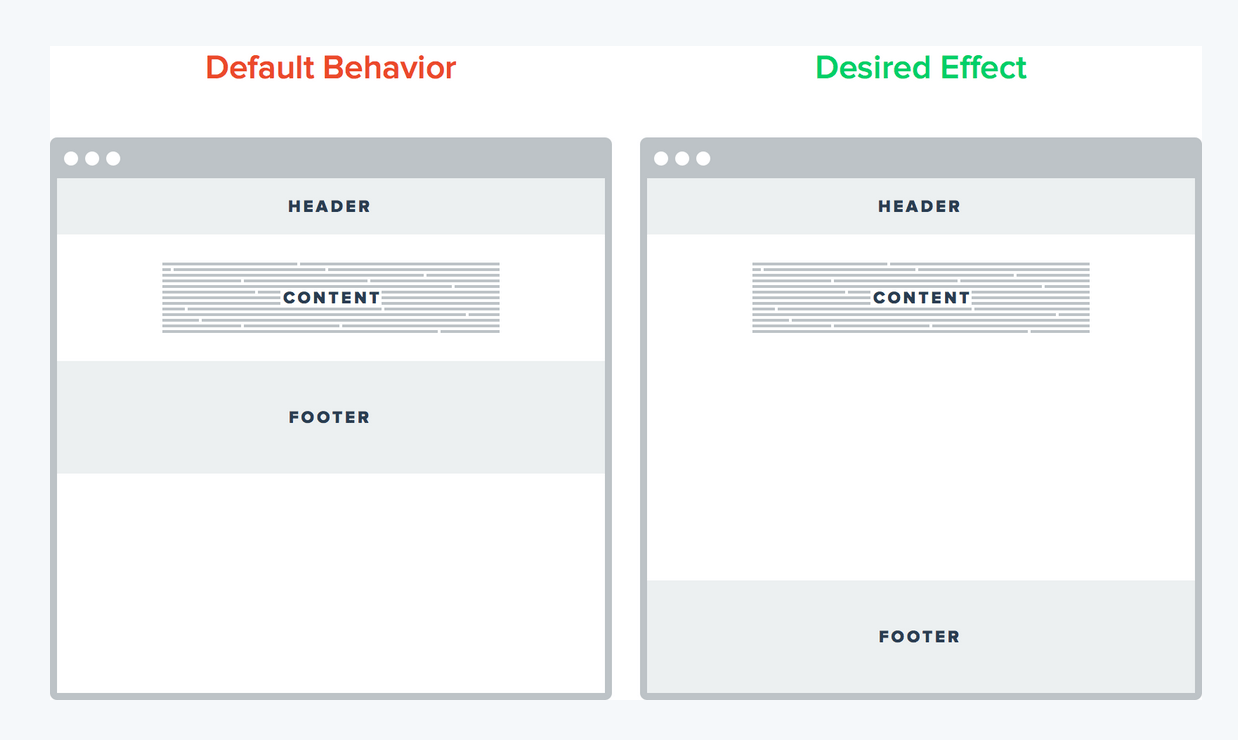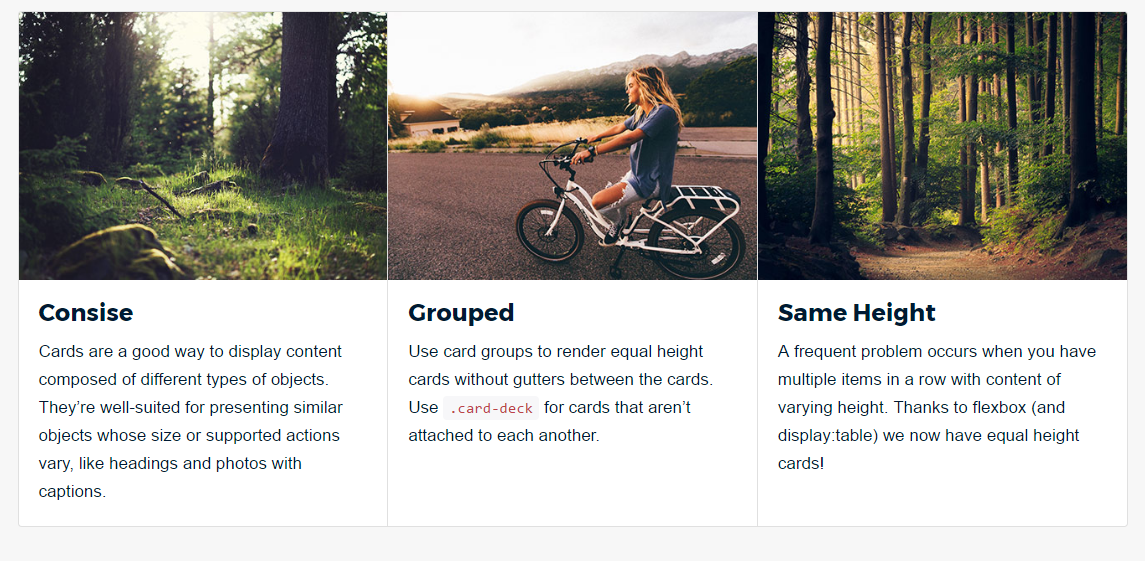

I will add some padding and margin to the CSS code. But if you want to convert any element to inline, well that’s how you would do it. So there is no need to define in the CSS display:inline. The HTML will remain the same as the block example, but I will add a different class name to the container element.īy default span elements are inline element types. Since display inline remains pretty fragile and weak, other elements may sit next to them on the left or right side. It may also request margin only horizontally. It may request padding vertically and horizontally. The browser support for CSS display block is Chrome, Firefox, Edge, Safari, and IE6+ display: inlineĭisplay inline may not be giving height or width. To fix issues like this, you’ll have to add a clearfix CSS class or a some other hacky CSS code.Īvoid using floats with block type elements.
#Css display table cell margin update
Here’s an example of a block type element respecting margin spacing.įirst I’m going to update the CSS code and add a new property of margin.ĭisplay block elements may sit next to each other by giving a float CSS property, but it may cause some awkwardness. It respected the width and height that I’ve defined, and each circle has pushed the next element in a new line, even if the there is enough space to fit in 1 line. In line 8 is where I define the span element to convert to a block type element.Īs you can see, the span elements converted to a block type element. I’m defining the height, width of the circle to 100 pixels.
#Css display table cell margin how to
The reason for this is because by default div’s are blocks, and span elements are inline.Īnd I want to show in code how to turn any HTML element into a block element. I’m going to use the same markup as above except convert the div element into a span element for the circles.


It demand to push everything down one line.ĭisplay block will also have a width of 100% unless told otherwise.Īs for height, it stays auto unless the developer says it has a height to it.ĭisplay block elements may also have CSS properties such as margin, and padding that may effect the element horizontally and vertically. The browser support for CSS display none is Chrome, Firefox, Edge, Safari, and IE6+ display: blockĭisplay block is selfish and demands respect. You can also see that the yellow circle has taken the spot. You can see that the middle circle is hidden but the HTML element itself has not been removed as shown on the element dev tools. If you take a look at the image above you can see the default view and the HTML markup of the container and circles. The CSS rule is, when a user hovers the cursor over the container, convert the the second div aka circle, display none. Now the CSS code that makes the middle circle vanish. I’ve added a container element with 3 div elements that have a class name, circle. Here’s what the HTML markup will look like. Let me show you how this looks like with code. It’s just hiding from the user until told otherwise.Īnd I can make it reappear when the user does not hover over the container. What display none does is makes the HTML circle behave as if it’s been deleted.īut the HTML itself never really got deleted. Let’s pretend that we have a container that has 2 small circles.Īnd we want to hide the right circle when a user clicks on the container element (the imaginary box around the circles). It makes an element vanish and remains hidden from the user.ĭisplay none is one of the most common, and useful properties that CSS provides. display: noneĭisplay none is like a ninja.

I’ll go over how each one behaves, the browser support, and perhaps draw a few silly pictures to drive my point. In this article I’m going over 5 different types of CSS display values. The display property in CSS describes the behavior of an HTML element.


 0 kommentar(er)
0 kommentar(er)
